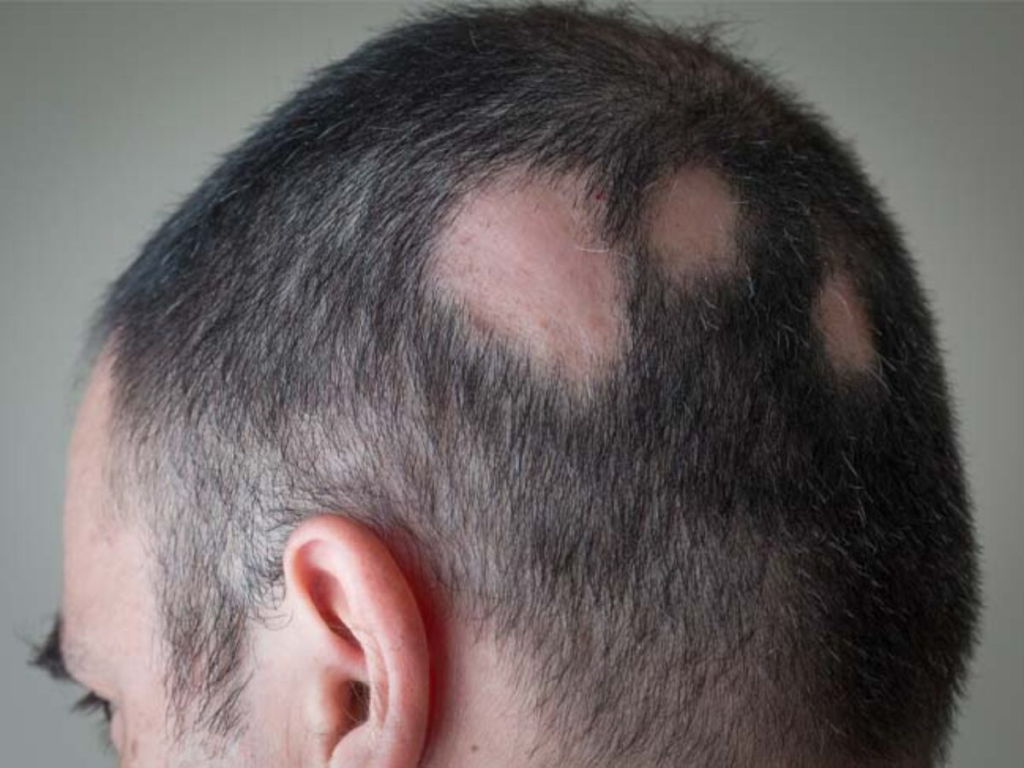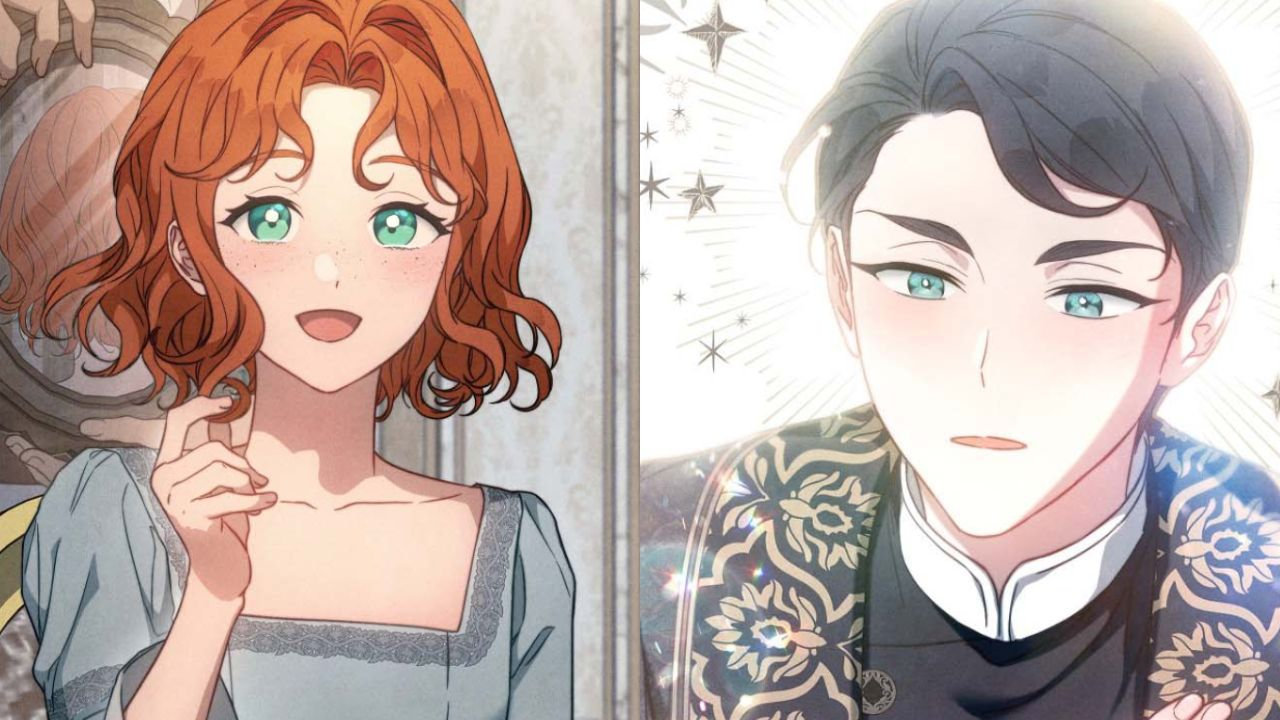One can find bald patches or mechanical ways of hair loss with alopecia areata, a condition which is pretty shocking for those who are experiencing hair loss. However, the silver lining is that there exist effective treatments which can be used to stop its progression and successfully promote hair re-growth. On this blog, we will discuss 5 successful treatments that will help to prevent the progression of alopecia areata and enable you to regain the sense of control of your hair health. Whether it is via topical application of remedies to a lifestyle change, education and understanding of approaches which are suitable will immensely contribute to the management of the condition. Now we need to look into these treatments and see how we can actively participate in the treatment of alopecia areata.
What is Alopecia Areata?

The development of Alopecia areata, which has no certain causes and where hair breaks off in smaller patches, can be a disturbing experience for the person who is affected. In spite of this, there is not only the bad but also the good news: there are clinical therapeutic methods that can halt the disease’s progression as well as improve hair regrowth. Here is where you will read about the five known remedies that have been proven to be effective in preventing alopecia areata from spreading and how you can restore your hair health. By taking advantage of various solutions and topical solutions to lifestyle changes, you will be applying yourself with suitable knowledge and strategies, and the results can be surprisingly amazing in the management of this condition. We shall now take a deeper look into the treatment options, and therefore, together, we can fight the ailment of alopecia areata, whose immune system attacks the follicles, thereby causing hair loss from the head and even the face. The classic variant usually presents itself as small circular scalp regions with loss of hair, although in some cases it can affect a larger area. Gender, race, or social background do not play a role in dysthymia. People who develop it are usually teens, twenty, and thirty. However, the exact cause that triggers this condition remains uncertain it seems that genetics and environmental factors may be involved. Alopecia areata can present in different forms: spot baldness limited to the scalp area, alopecia universalis (complete scalp hair loss), and alopecia universalis observable throughout the body. Beside nail changes, hair loss might be a sign of these diseases; however, a management plan is designed to bring back the hair, although there is no known cure for this type of skin disorder. Recent studies indicate that alopecia areata is a complicated autoimmune disease where there is a genetic predisposition and certain triggering factors like an immune imbalance, stress, or previous illness.
Symptoms of Alopecia Areata?

- Hair patches on top of the scalp, face hair, and others such as eyebrows and eyelashes.
- Hair loss in predominant small, thick coconut around a quarter size area.
- Unusual looking nails including dents or dents in the nails.
- Pity or burning feeling in the end affected area.
- The Harris disclosure that her appearance had changed and that her hair now was speckled with gray or white in that area.
- In general, hair allows people to express their individuality and personal style. However, seldomly individuals may suffer from stress, anxiety, and depression in connection with alopecia areata.
- I am feeling on some of occasions like itching and even burning in the affected area of the body. Some of the hair turns grey or white, my nails look pitted and even lesioned.
- Different polymorphic variations of alopecia areata include patchy alopecia, alopecia totalis (scalp hair loss), and alopecia universalis (complete hair loss of the body).
- Distinguishing between alopecia areata and other types of hair loss can be subjective in the lack of a scientific invent or other indicators characteristic of the disease, which is why the final diagnosis lies within a physical examination by a healthcare provider.
- Treatments are used to control the shedding of hair commonly used treatments are able to arrest the process, but not entirely. One of the treatments includes the use of medications like Corticosteroids and therapies to stimulate hair restoration.
Treatments to Stop Alopecia Areata from Spreading?

Alopecia areata, in which the immune system launches attacks on hair follicles, is a destructive process that may stop the formation of new hair strands and lead to hair loss. This condition can be managed efficiently to prevent its progression.
Corticosteroids
- The administration of corticosteroids has increasingly been employed for the treatment of alopecia areata. They not only reduce inflammation but also suppress the immune system.
- These can be administered topically, injected into the affected part, or by ingestion which can be in the form of pills/capsules or a liquid to stop the hair loss and hence promote regrowth.
Good Hair Care Habits
- The proper hair care is one of the main causes that aid to adequately prevent alopecia areata from spreading to other parts of the head.
- Refrain from using appliances that produce so much heat and unnatural chemicals to make things worse, wash hair excessively and make sure you use tight hairstyles that adversely affect the scalp.
Stress Management
- The stress pertaining to hair loss is one of the frequent recognized triggers for alopecia areata. Maintaining a healthy stress-management through balanced nutrition, proper sleep, and regular physical activity will minimize the effect of stress.
- Also, techniques such as meditation, breath work, regular workout, and proper sleep amount can help with de-stressing.
Other Treatments
- Mentioning the same fact business profits. Along with corticosteroids, approaches like immunotherapy may be introduced to avoid the spread of alopecia areata.
- Immunotherapy (injection of substance directly into affected area) is a timely technique used to boost hair growth.
Lifestyle Changes
- implementing measures like stress management and diets analysis could act as the right preventative in order for alopecia areata to become the irreversible condition.
- Instead of traumatizing hair or scalp, try to discover the real triggers that cause the problem, and which can help a person to cope with this condition in a better way.
Medical Consultation
- Consultations with trichologists or dermatologists are an imperative part in figuring out what causes alopecia, and they chose the best treatment plan.
- The very initial stages are likely to be critical since early diagnosis and treatment could clearly help in arresting further hair loss and promote hair regrowth.
Conclusion
Being bald is not very bad thing but it can be very scary, However the good news is that there are treatment measures available to prevent it from spreading and to promote the growth of hair. Consulting with the appropriate specialist such as dermatologist or hair specialist is a must to have the best treatment plan that take account the pattern of your hair loss problem before starting. Recall, however, that every patient’s reaction to the medication can be different, and so being patient and consistent are important here. Dealing with alopecia areata may prove to be a challenging experience but tracking the right course, this situation can be handled confidently and resiliently.
Frequently Asked Questions (FAQs)
Can stress cause alopecia areata?
Stress the underlying actor in the psychogenic alopecia is involved, although the mechanism remains not clear. The stress is thought to work like a co-factor which may activate the hair loss in predisposed individuals.
Is alopecia areata contagious?
No, neither alopecia nor hirsutism is contagious. It belongs to the category of auto-immune disease, that means does not “pass to other people” through airdrops.
Are there any lifestyle changes that can help manage alopecia areata?
Nonetheless, there are no specific habits for life which identified to be the solution for the problem but having a healthy lifestyle, proper management of stress levels, and proper nutrition can greatly support hair health.
Can alopecia areata come back after successful treatment?
However, falling into the category of the conditions which tend to recur, alopecia areata may come back after even the treatment that was successful. You be need to monitor and follow up with your healthcare professionals regularly to check the condition.
Are there any alternative therapies for alopecia areata?
Some go along with alternative therapy through acupuncture or herbal remedies to accompany the modern treatment. Yet on the other hand it is very much significant to have a consultation with a healthcare provider before using any other alternative therapies.


































